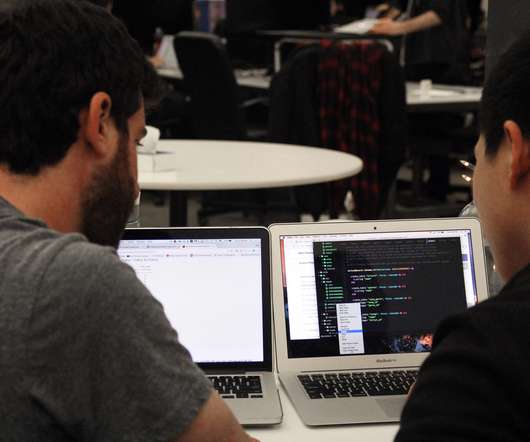5 Ways Educators & Parents Can Encourage Student Interest in STEM
EdNews Daily
APRIL 11, 2021
between 2019 and 2029, this rate is nearly double for science, technology, engineering, and mathematics. With the world being constantly shaped by innovation, students have naturally gravitated towards STEM, and the notorious, timeless classroom question of “Where are we ever going to use it?” is slowly losing its relevance.

















Let's personalize your content